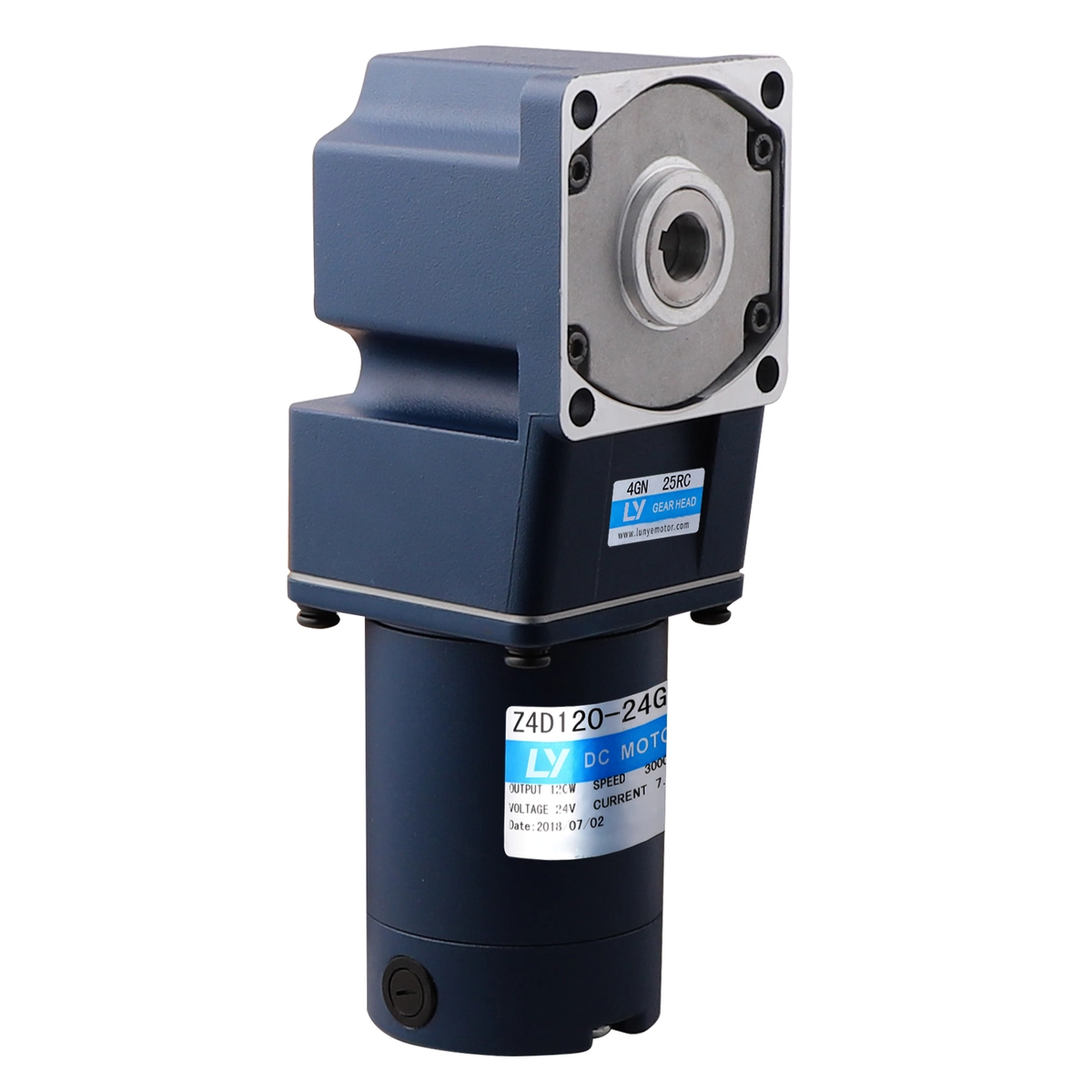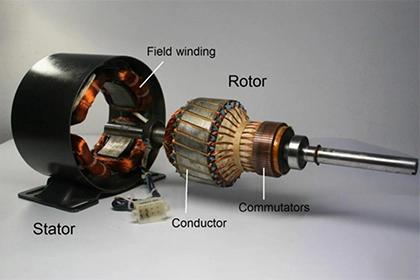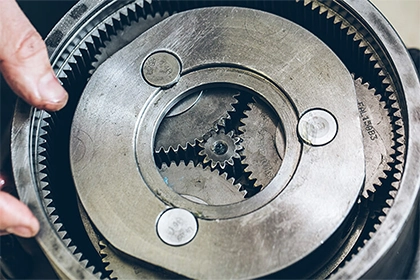
Why starters are used with DC motors?
Starters are used with DC motors to control the motor's starting current, protect the motor from damage, and provide a gradual acceleration to prevent abrupt mechanical stress on the motor and connected equipment.
The role of starters in direct current (DC) motors is very important, but there are many people who are often unaware of the reasons for this. This paper aims to elucidate the necessity of starters in DC motors, their functioning, basic technical principles, and their impact on performance and safety.
Introduction to DC Motors and Starters
DC Motors convert electrical energy into mechanical energy by means of electromagnetic principles and are characterized by high starting torque and adjustable speed. However, when a DC motor is energized, it initially has no rotational motion, which results in a zero reverse electromotive force. This situation can lead to excessive current, resulting in damage to the motor.
A starter is an electrical device that controls the power supply to a motor and gradually increases the current to a manageable level, thereby protecting the motor from sudden surges of electricity. The main function of the starter is to ensure safe and efficient operation of the motor.
The principle of the inverse electromotive force
In order to understand why starters are critical, we need to understand a basic concept: reverse electromotive force. When a DC motor rotates, it generates an electromotive force in the opposite direction of the supply voltage, called the counter electromotive force. This counter electromotive force acts as a natural current limiter.
When the motor starts, the reverse electromotive force is zero because there is no rotation. Therefore, the only opposite to the supply voltage is the resistance of the winding, which is very low. This situation may lead to excessive current consumption and may damage the motor windings due to overheating.
How the starter works
The starter places an external resistor in series with the armature (the rotating portion of the motor) during the starting process. This additional resistance limits the initial current. As the motor begins to rotate and the counter electromotive force begins to build, the starter gradually reduces the additional resistance. Once the motor reaches its operating speed, the starter cuts the circuit, and the motor runs directly on the supply voltage. By limiting the starting current, the starter extends the life of the motor and improves the reliability of the overall system. It also contributes to energy efficiency because it prevents energy from being wasted in the form of heat due to excessive current.
Conclusion
In summary, starters play a vital role in the operation of DC motors by protecting them from the potentially damaging effects of high inrush currents during startup.



Leave a Comment